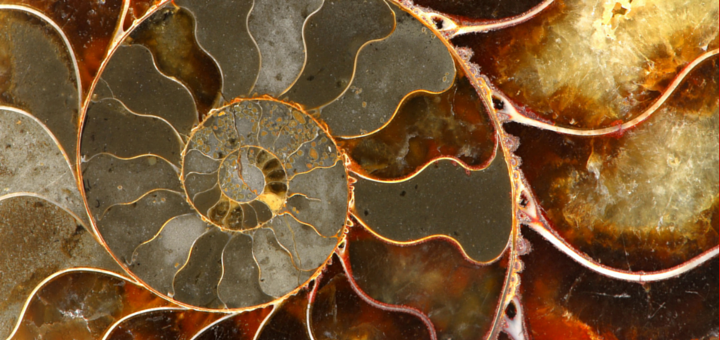I majored in applied mathematics in college, yet it wasn’t until I became a homeschooling mother that I discovered math in literature. I’d like to help you to also discover how you can introduce living books into your homeschool and take a break from the drill, drill, drill.
Have you ever said to your children, “I hated math in school” or “Math was my worst subject”? I’m challenging you, right here, right now, to never say those words again.
Emotions are contagious. If your personal fear of math is evident to your children, they’ll likely take on the same fear. If you’d like your children to succeed in their math studies, then make the conscious decision to find the beauty in math yourself. Yes, it’s true: there is beauty to be found in mathematics.
Just as God is orderly, mathematics is orderly. There is beauty to be found in its orderliness. You can find it in nature, in music, and in art. Reading how the great proofs came to be or how mathematical discoveries were made can be very interesting. Reading biographies of the great mathematicians, again, can be quite interesting. Take it from me, mathematicians tend to be quirky, colorful people. It can be fun to discover the meaning of such things as: harmonograph, Fibonacci sequence, golden ratio, Möbius strip, and Weaire–Phelan structure.
Think of it as Math Appreciation. We study art and music appreciation. We share Monet with our children before embarking on art lessons in watercolors. We listen to Beethoven with our children before setting them down to piano lessons. There is no reason why we can’t do the same with math.
There is a lot of terrific, fun math literature out there to help you enter the world of Math Appreciation. Here is a free book list for you to start: Math Lit for All Ages. I also wrote a book called For the Love of Literature that includes a lot of great math titles. You should be able to find the book in your library or through inter-library loan. In fact, the library is a great resource in finding living math literature. Go to the children’s section and then find the 500’s in the Dewey Decimal System and start pulling books off the shelf.
I encourage you to read books to your children such as Sir Cumference and the Round Table, The Man Who Counted, The Phantom Tollbooth, and so on. Also take some time to work number puzzles and do fun things like create codes. Perhaps, together, you and your children will come to appreciate math through living literature, and therefore be more successful in math studies.
Do you have a favorite living math book? If so, leave a comment and tell everyone about it.
Copyright 2015 Maureen Wittmann
Photo: "Fibonacci numbers found in nature" sourced at Canva.com. Licensed by author.
About the Author

Guest
We welcome guest contributors who graciously volunteer their writing for our readers. Please support our guest writers by visiting their sites, purchasing their work, and leaving comments to thank them for sharing their gifts here on CatholicMom.com. To inquire about serving as a guest contributor, contact editor@CatholicMom.com.



.png?width=1806&height=731&name=CatholicMom_hcfm_logo1_pos_871c_2728c%20(002).png)
Comments